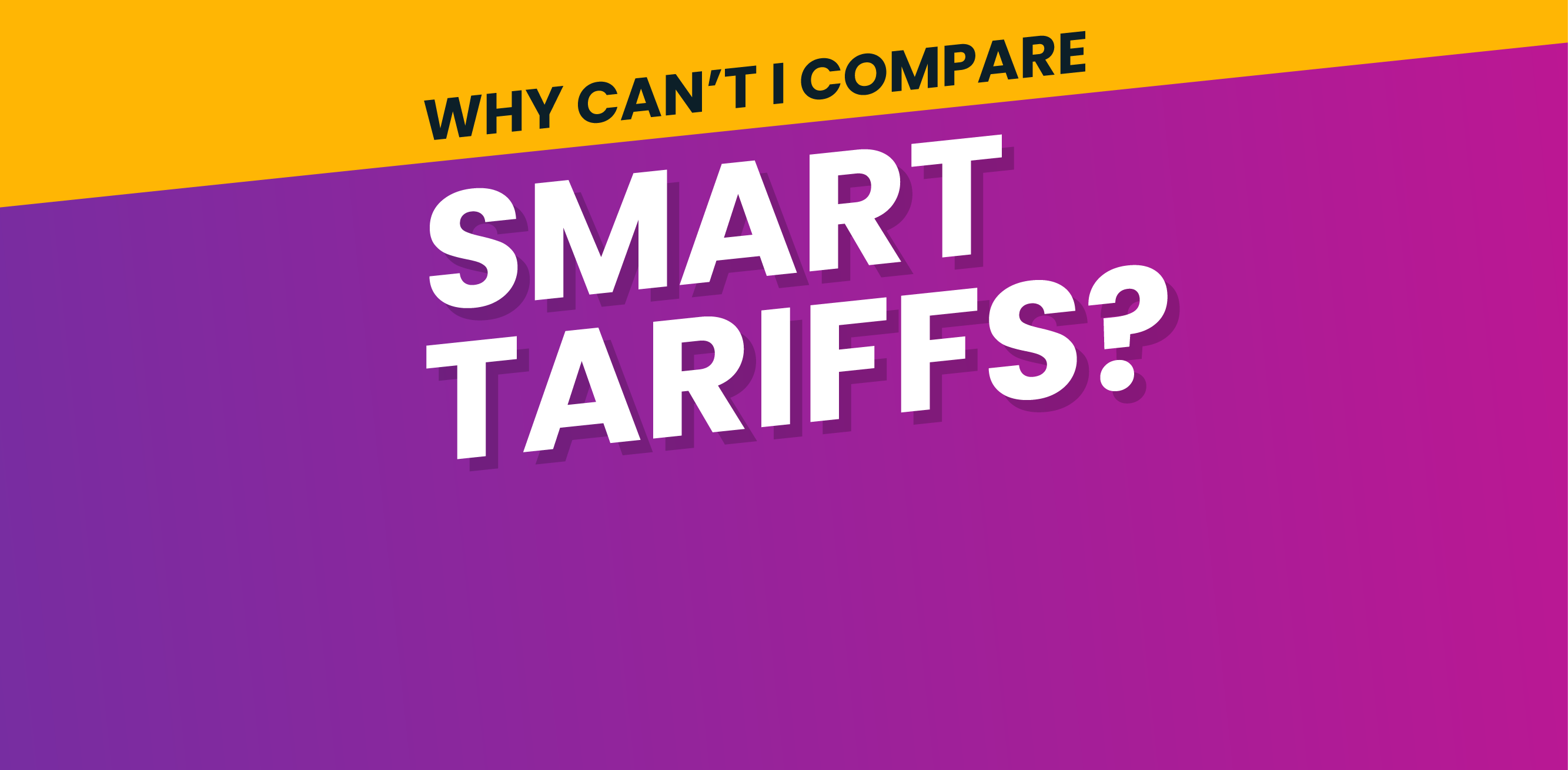Why Can’t I Compare Smart Tariffs?
Comparison websites are a go-to tool for finding the best energy deals, helping households cut costs as prices fluctuate and new tariffs emerge.
But if you’re looking for smart tariffs, also known as time-of-use tariffs, you might notice something strange: they’re rarely included in comparison tools. Why is that?
Got a Home Battery?
You could save £360* a year with Loop Optimise - our automated AI Home Energy Management System. Simply sign up, sit back and let Loop Optimise do its work!
Why Don’t Comparison Sites Show Smart Tariffs?
Most comparison websites are designed around traditional fixed or variable tariffs. When you enter your estimated energy usage, they calculate an annual cost based on a set price per unit. This method works well for conventional energy plans but falls short when it comes to smart tariffs, which have dynamic pricing structures.
Green tech setups vary drastically from home to home, and that impacts how effective a smart tariff can be. A household with solar panels and a home battery may benefit from one type of smart tariff, while an EV owner charging overnight might find another more suitable.
These differences make it nearly impossible to create a one-size-fits-all comparison, as each home’s energy habits influence the potential savings and costs of a smart tariff.
The Complexity of Smart Tariffs
Unlike standard tariffs, smart tariffs change throughout the day. Prices can vary every half-hour, with peak and off-peak periods incentivising users to shift energy use to cheaper times. The problem? A simple annual cost estimate can’t accurately reflect potential savings or costs, because they depend on how and when a household consumes electricity.

For instance, someone who charges their EV overnight will see different savings than a household running a heat pump during peak hours. This level of variation requires smart meter data and advanced modeling to provide a meaningful comparison, something most comparison sites aren’t yet equipped to handle.
The Responsibility of Shifting Energy Use
With a smart tariff, households need to actively shift their energy consumption to cheaper times to maximise savings. This could mean running appliances like dishwashers and washing machines during off-peak hours, charging an EV overnight, or adjusting heating schedules to avoid peak rates.
If you have a home battery, however, you don’t need to change your daily habits as much. Instead of shifting when you use energy, you just need to optimise how your battery charges and discharges. But manually managing this is complex - it requires forecasting your energy consumption, predicting solar generation, tracking market energy prices, calculating the best energy flow for your battery and more.
Given how complicated monitoring all that is, it can be quite overwhelming to do by hand. But there are solutions out there, such as Loop Optimise.
Lack of Standardisation
Another challenge is that smart tariffs differ significantly between providers. Some base pricing on wholesale energy costs, while others have set peak and off-peak hours. Energy suppliers also aren’t required to disclose their pricing models, making it difficult for third-party comparison sites to gather accurate data and present it in a useful way.
How Can You Find the Best Smart Tariff?
If you’re keen to take the guesswork out of smart tariffs and explore the best fit for your home and green tech, Loop has an exciting new tool launching soon in Loop Optimise to help you make an informed decision. Sign up for free today to be the first to access it!
Join Now! Free for a Limited Time Only
Unlock effortless energy savings and maximise your earnings with Loop Optimise - our AI-powered Home Energy Management System.








